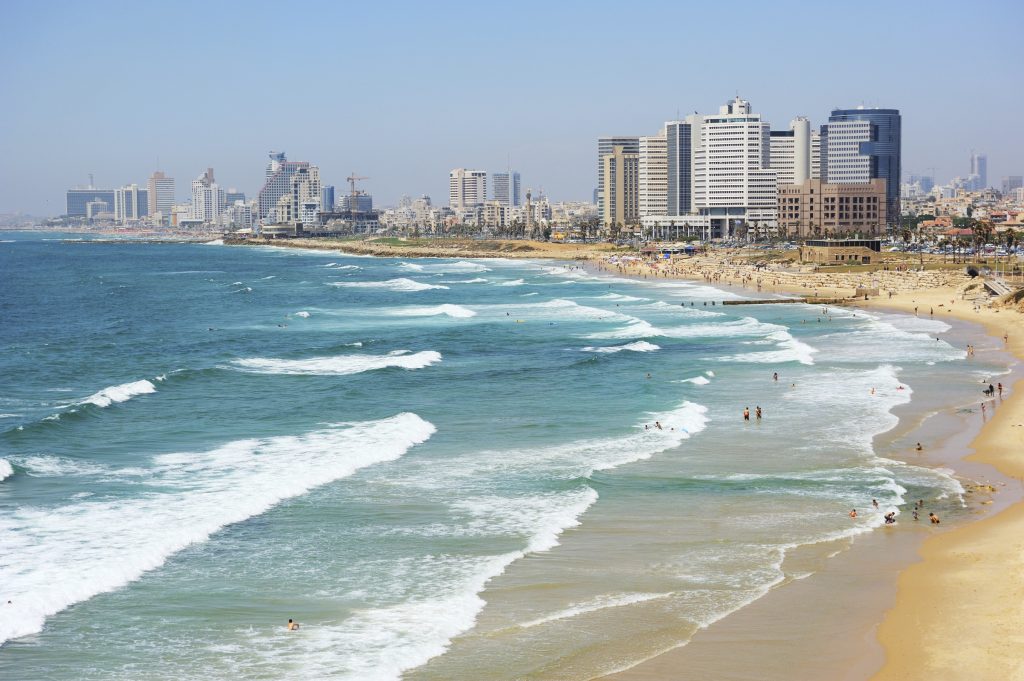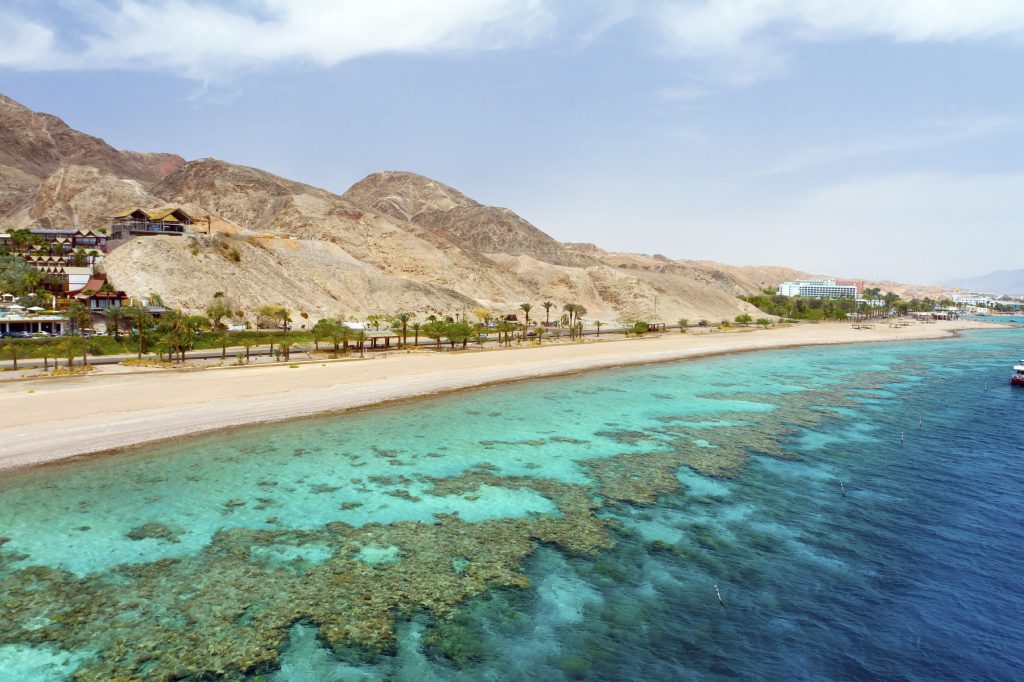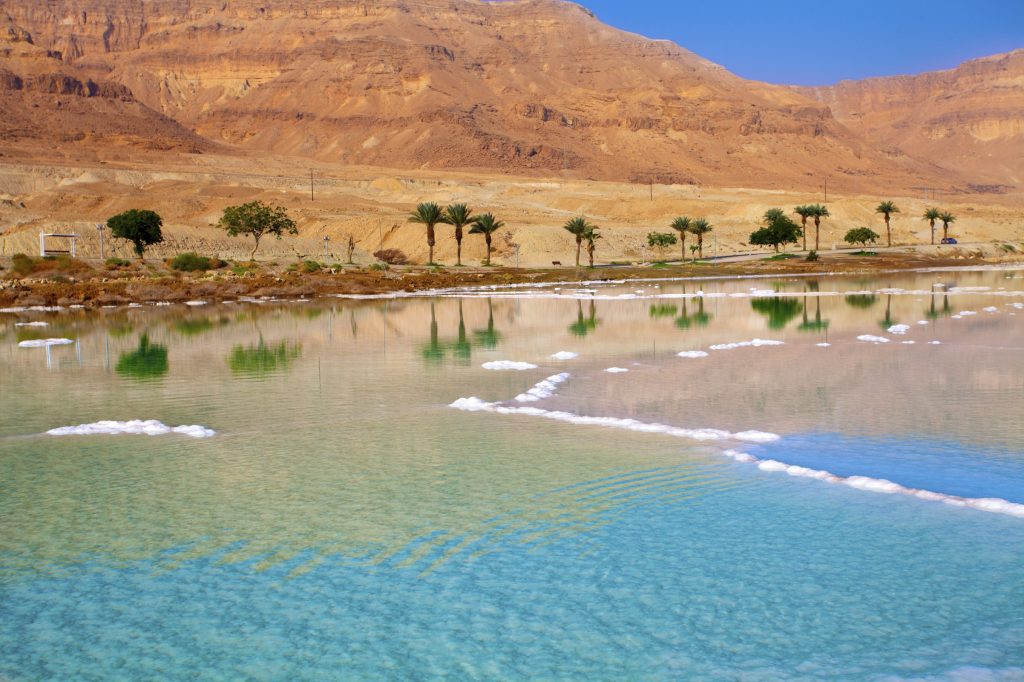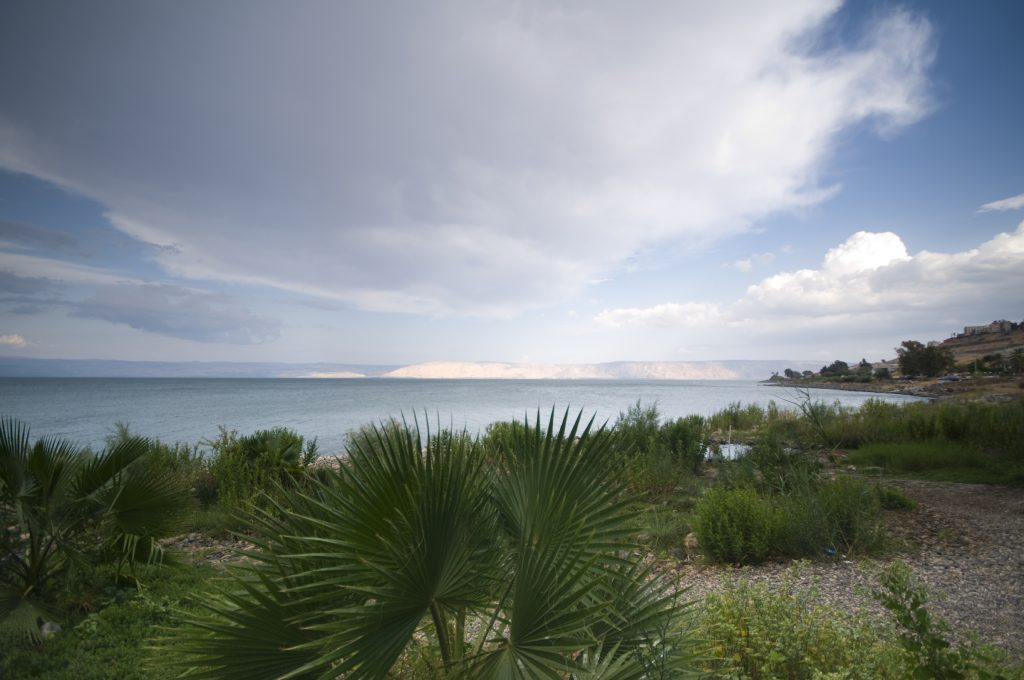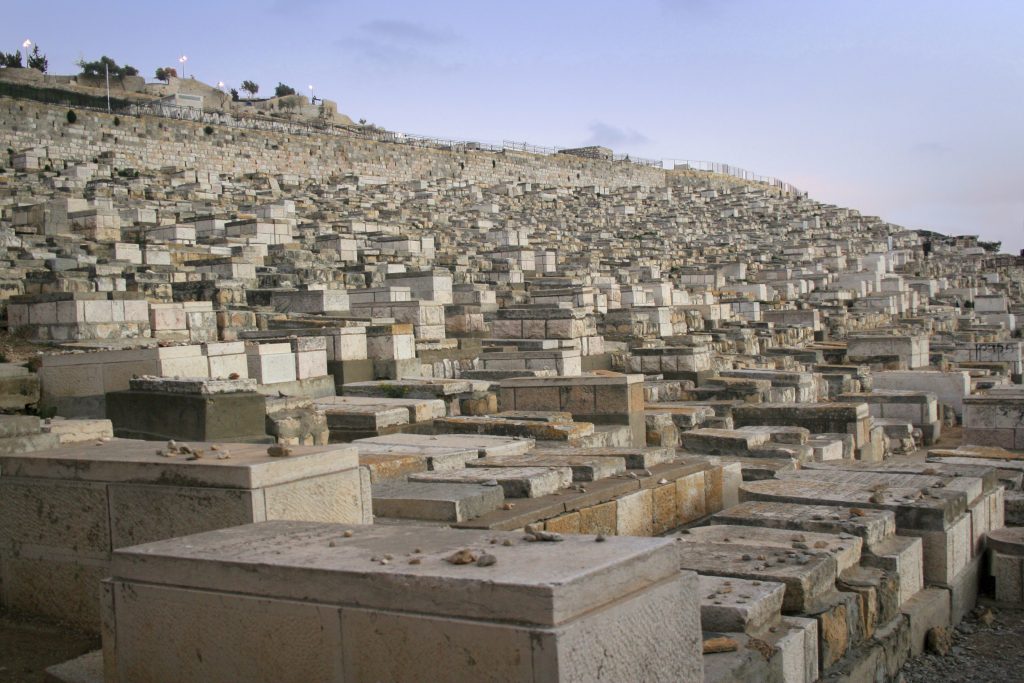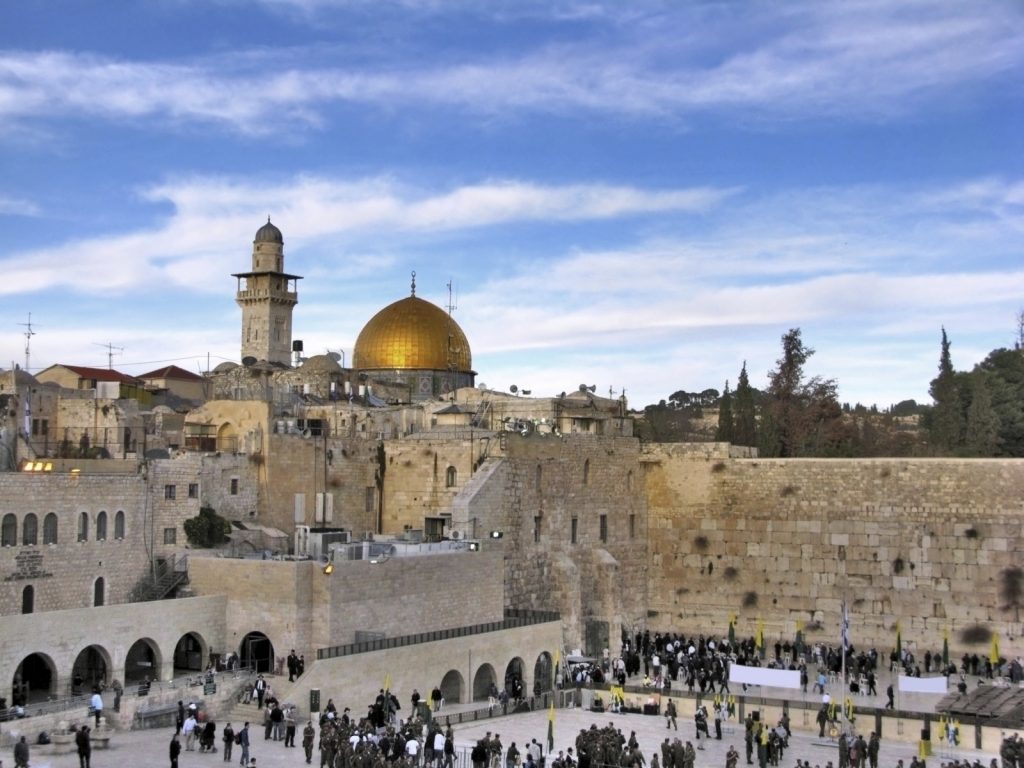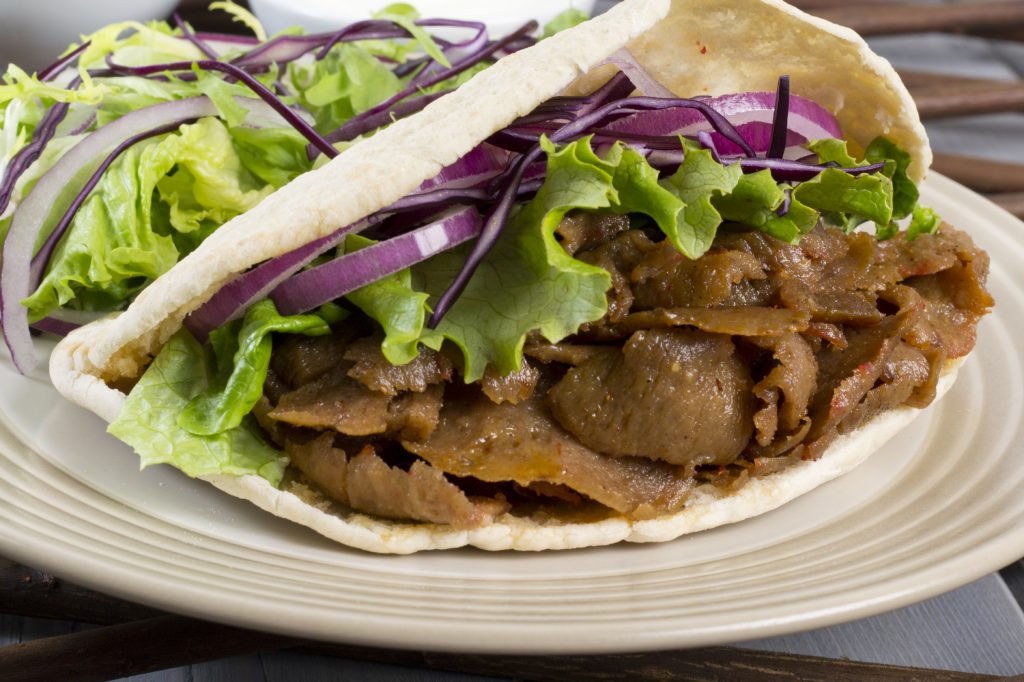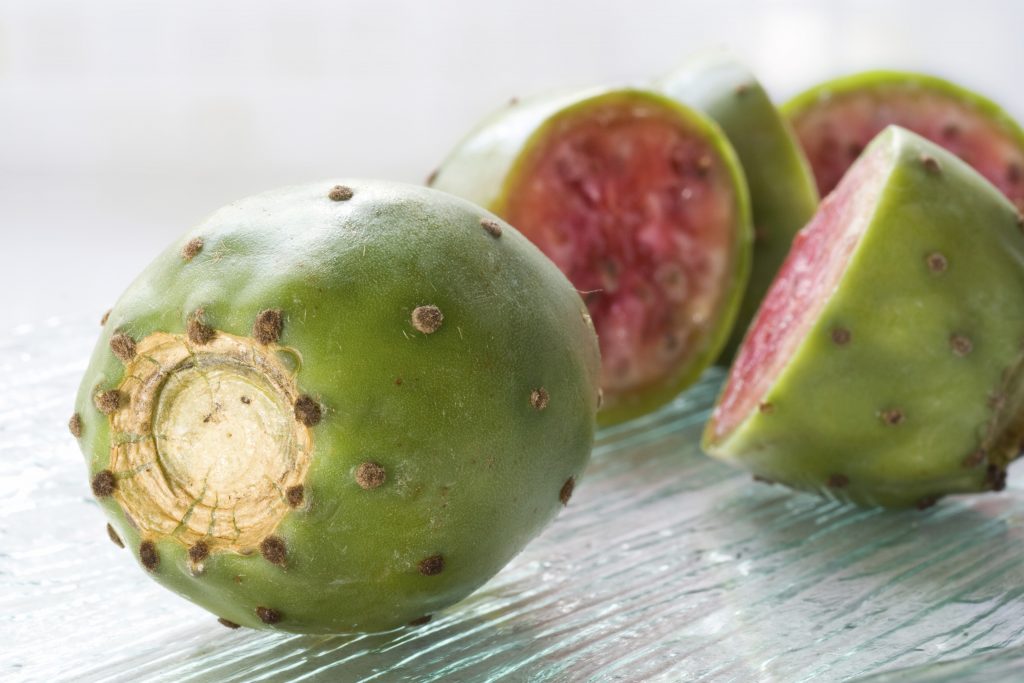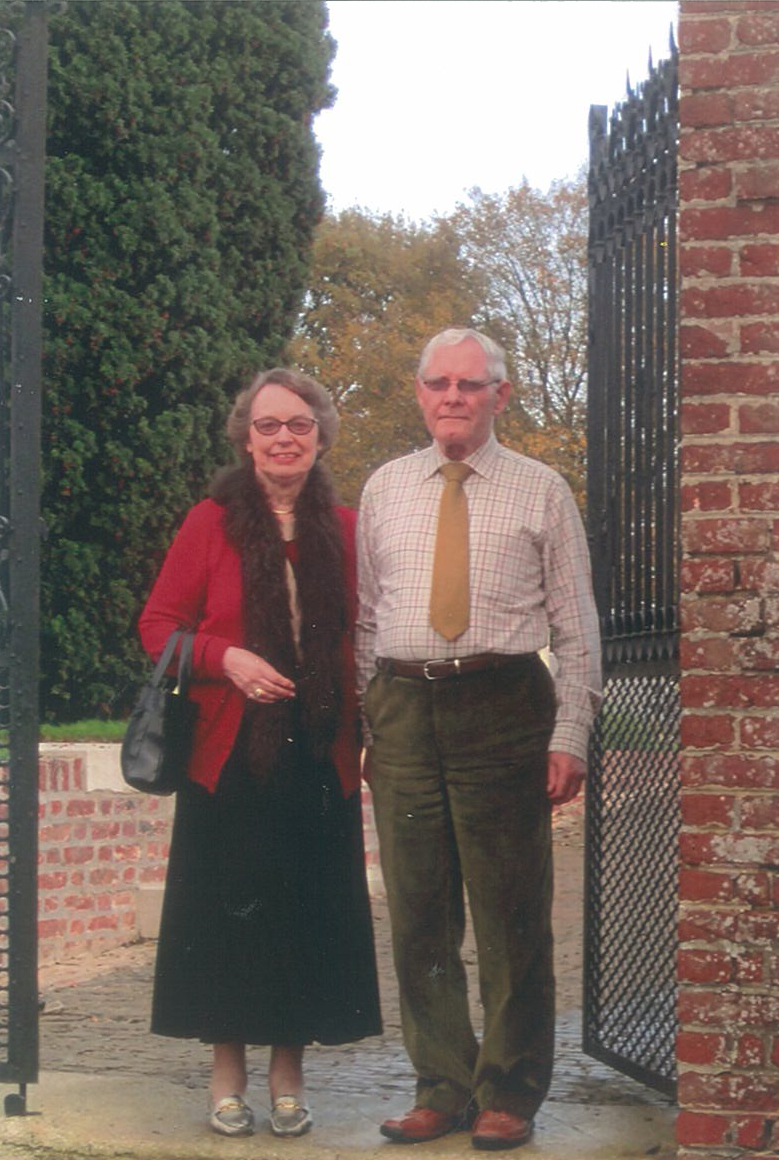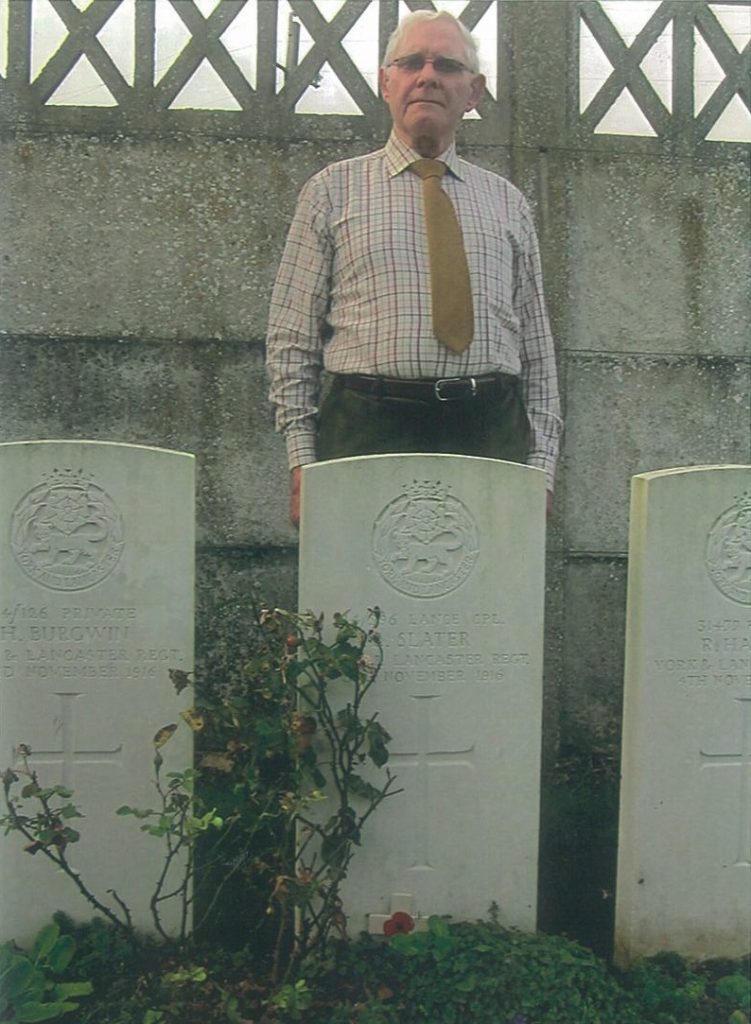The humble pancake, the flat cakes that are loved so much we named a day after them. Pancake Day, or Shrove Tuesday, was originally taken up as an opportunity to get rid of all forbidden foods for Lent. You’ll be glad to know, we aren’t the only nation with a fondness for pancakes.
Having been around for 30,000 years, people from around the world have mustered up countless ways to perfect their pancakes. Here’s our top picks to help you avoid the same old crêpe this Pancake Day.
American Pancakes
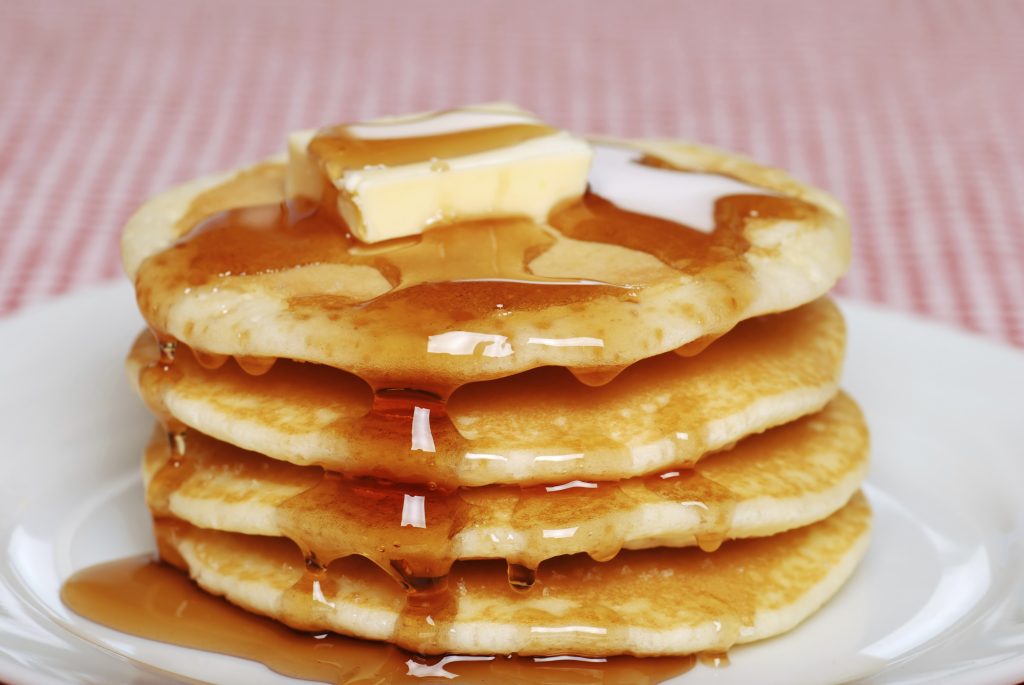
Going one further than us Brits, Americans have actually dedicated the whole of February to be the month of pancakes! Eaten for breakfast and made with buttermilk, the American pancake is cooked with baking powder making it thick and fluffy and is often served with butter and syrup.
Denmark: Aebleskiver

Aebleskiver is a traditional Danish pancake, traditionally served around Christmas and accompanied by a mug of mulled wine. Small and spherical, Aebleskiver is prepared in a special frying pan and moulded to create the round shape.
Chinese Pancakes – Chong you bing or Scallion Pancakes.
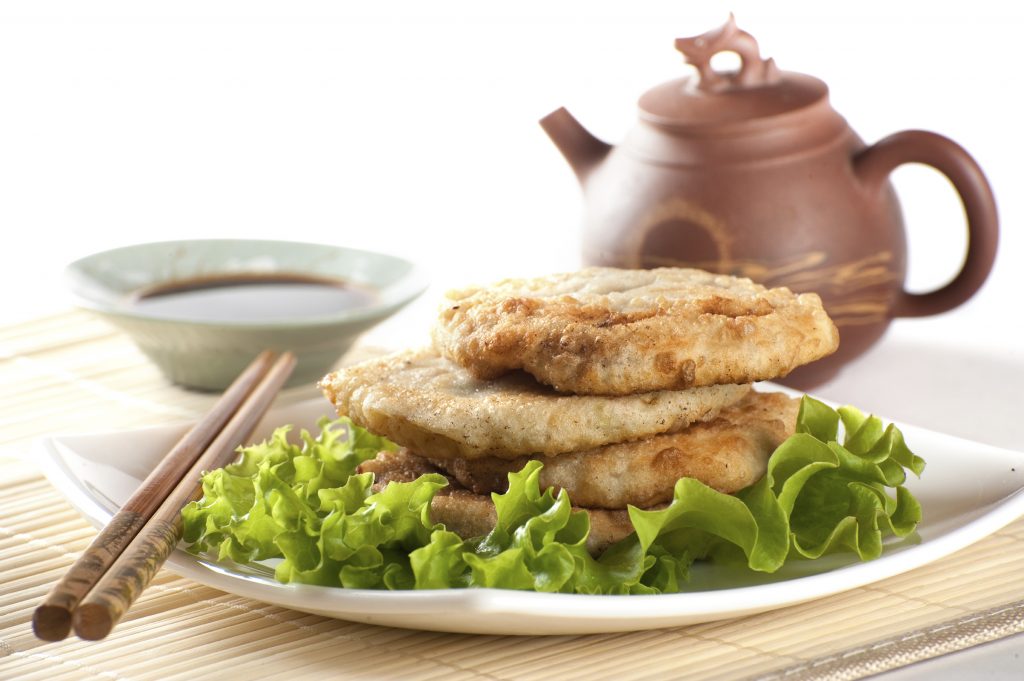
Not the sort you’d expect with your Peking duck, these pan-fried pancakes are a savoury option made from dough rather than batter and have a distinctly chewy texture. With a handful of spring onions thrown in for good measure, they’re often served with a side of soy dipping sauce.
Russian Blinis
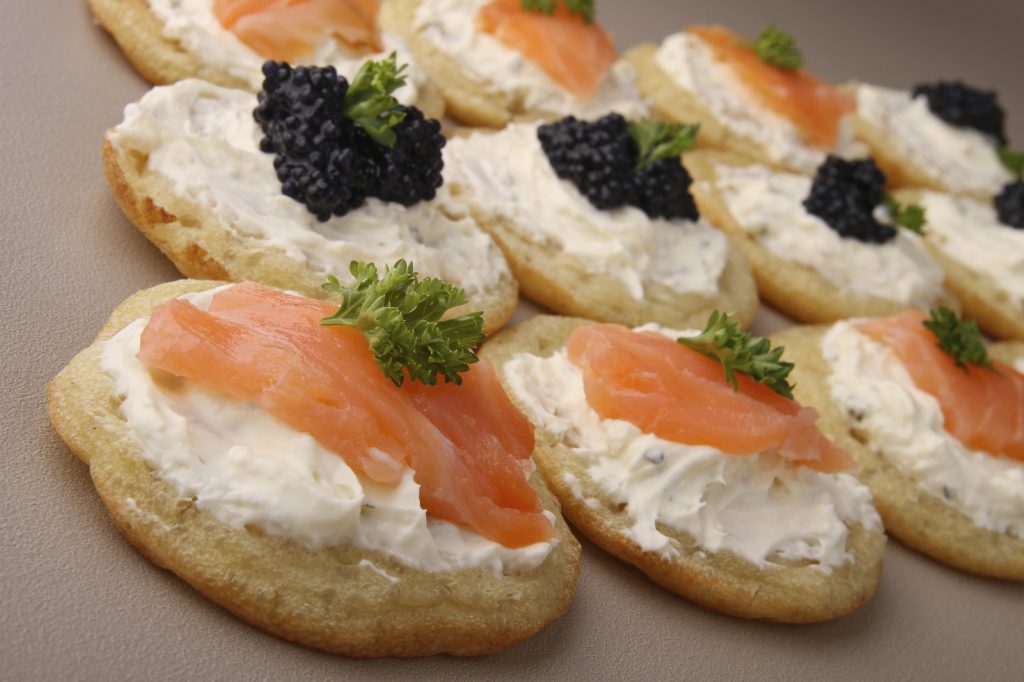
Small, thick pancakes, made with buckwheat flour and yeast, they’re usually topped with sour cream and fish. More of an upmarket pancake, the Blinis is sometimes topped with caviar and served as an appetiser.
Austria: Kaiserschmarrn
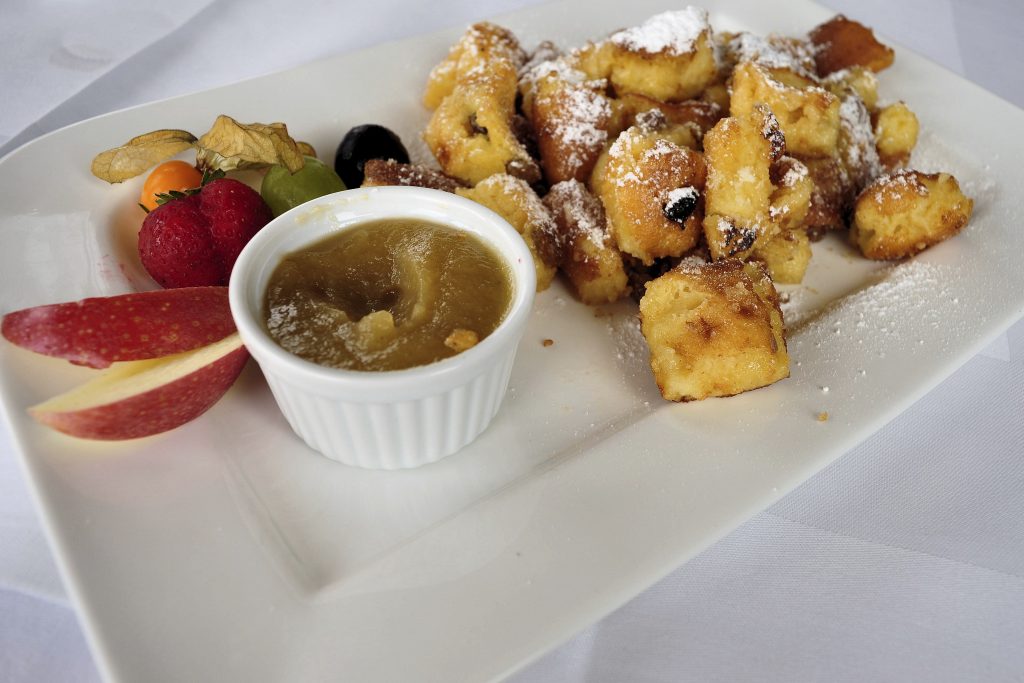
Very thick and custardy, the Kaiserschmarrn is fried in butter and torn into bite-size pieces. Served with nuts, raisins and apples, Austria named their pancake offering after their Kaiser, Franz Joseph I, who was renowned for his love of the dish.
Greece: Tiganites
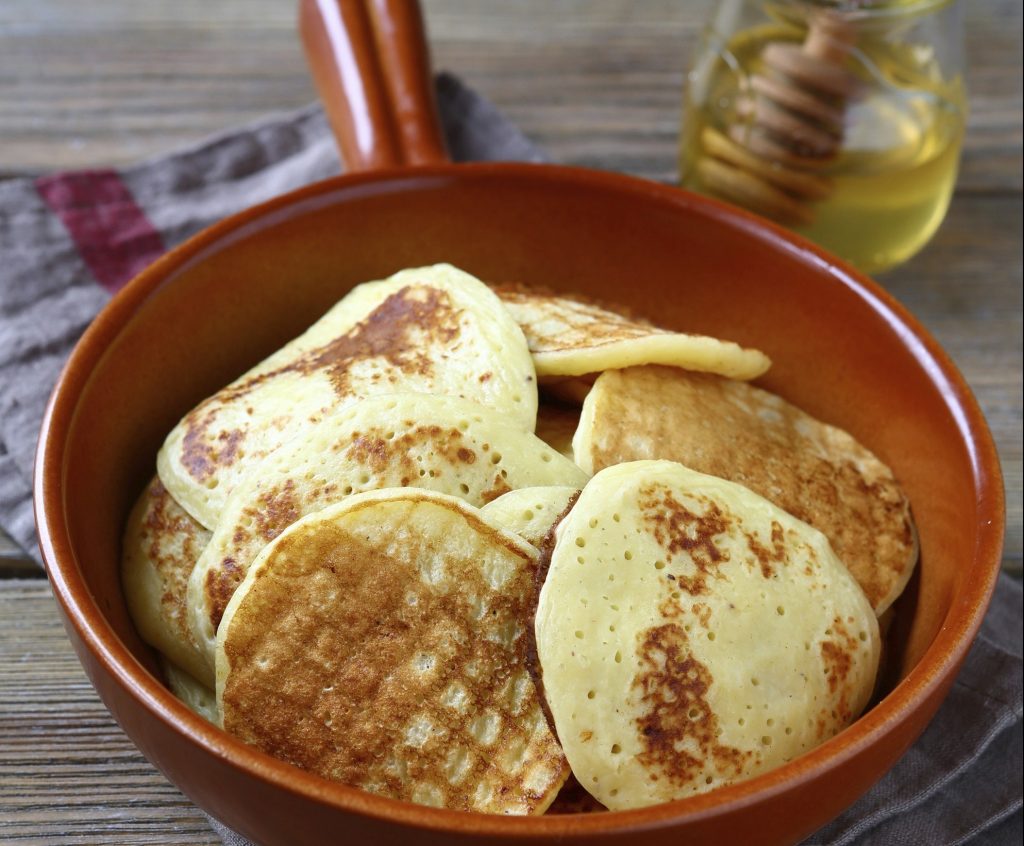
Dating back to the sixth century, Tiganites – a typical thin pancake traditionally topped with honey, cinnamon and yoghurt – are still a popular breakfast throughout Greece. On the island of Corfu, there’s a religious festival where the pancakes are served in honour of the island’s patron Saint Spyridon.
Germany: Dutch Baby/German Pancake

Looking more like a Yorkshire pudding than a pancake and the size of a dinner plate, the Dutch baby is usually seasoned with vanilla and cinnamon and dusted with fine sugar. It’s baked in a cast iron skillet, cut into slices and served for breakfast. Knives and forks are optional.
Poland: Naleśniki
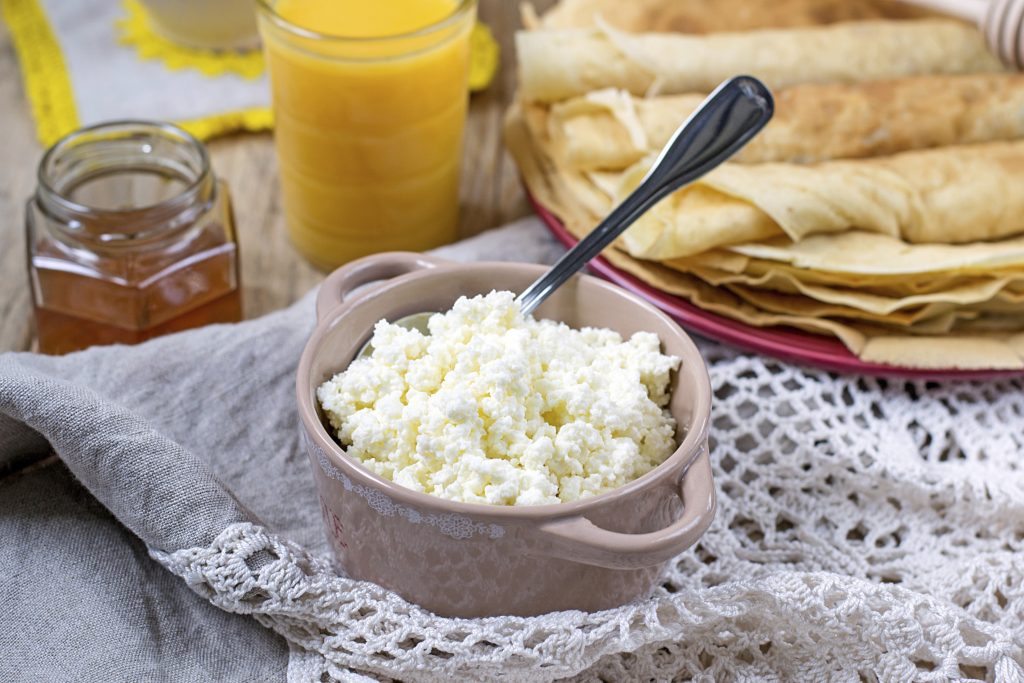
The Polish version of the blini is rolled and filled with sweet or savoury cheese. A sweet, homemade cottage cheese is a popular filling with a mix of sugar, farmer’s cheese and an egg yolk thrown in too.
Netherlands: Pannenkoeken

Pancake restaurants are popular with families in Holland so you can imagine their pancakes are some of the best you can find. They tend to be rather large and great for a good appetite as they measure around 30cm in diameter. A particularly popular choice of filling is bacon and stroop, a thick, molasses-like sugar syrup. Delicious.
France: The Crêpe
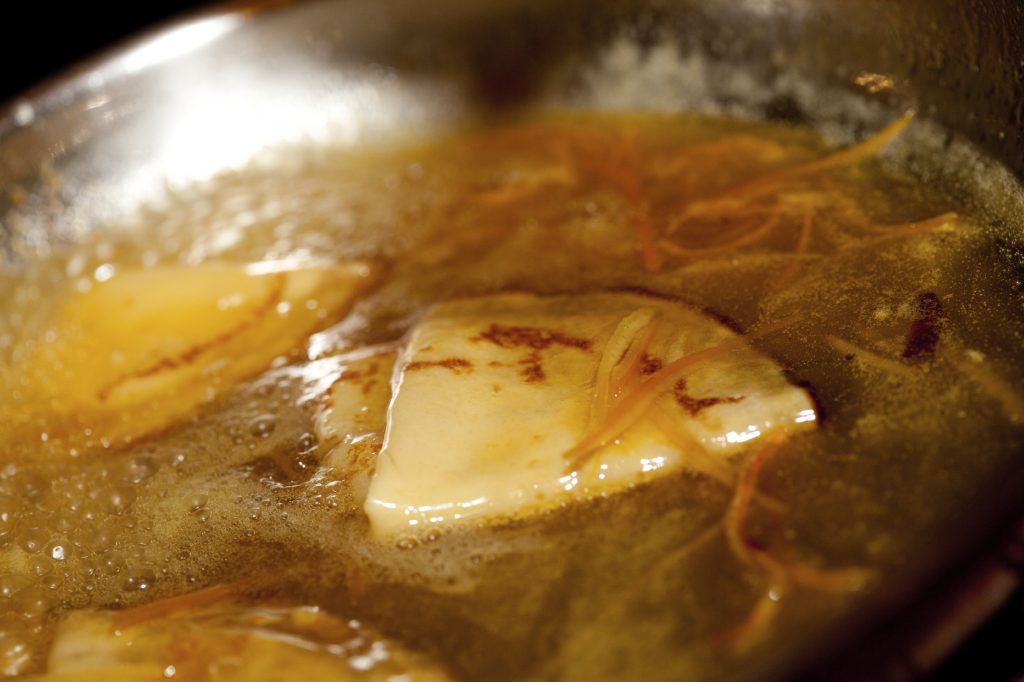
And finally, of course we couldn’t leave out the crêpe! Originating in Brittany, the crêpe is a thinly cooked pancake traditionally served with sweet fillings such as chocolate and fruit. How about mixing it up a little? A traditional French savoury option is cheese and sautéed vegetables or you can even treat yourself to a flambéed option with an indulgent boozy orange sauce.
Will you be trying something new this Pancake Day? Or will the sugar and lemon suffice?Â
We also head off to New Orleans to celebrate Pancake Day in style by joining the ‘Fat Tuesday’ or Mardi Gras carnival, as it is better known, on our Mardi Gras in New Orleans plus Nashville and Elvis Presley’s Memphis tour heading out on the 7th Feb 2016.



